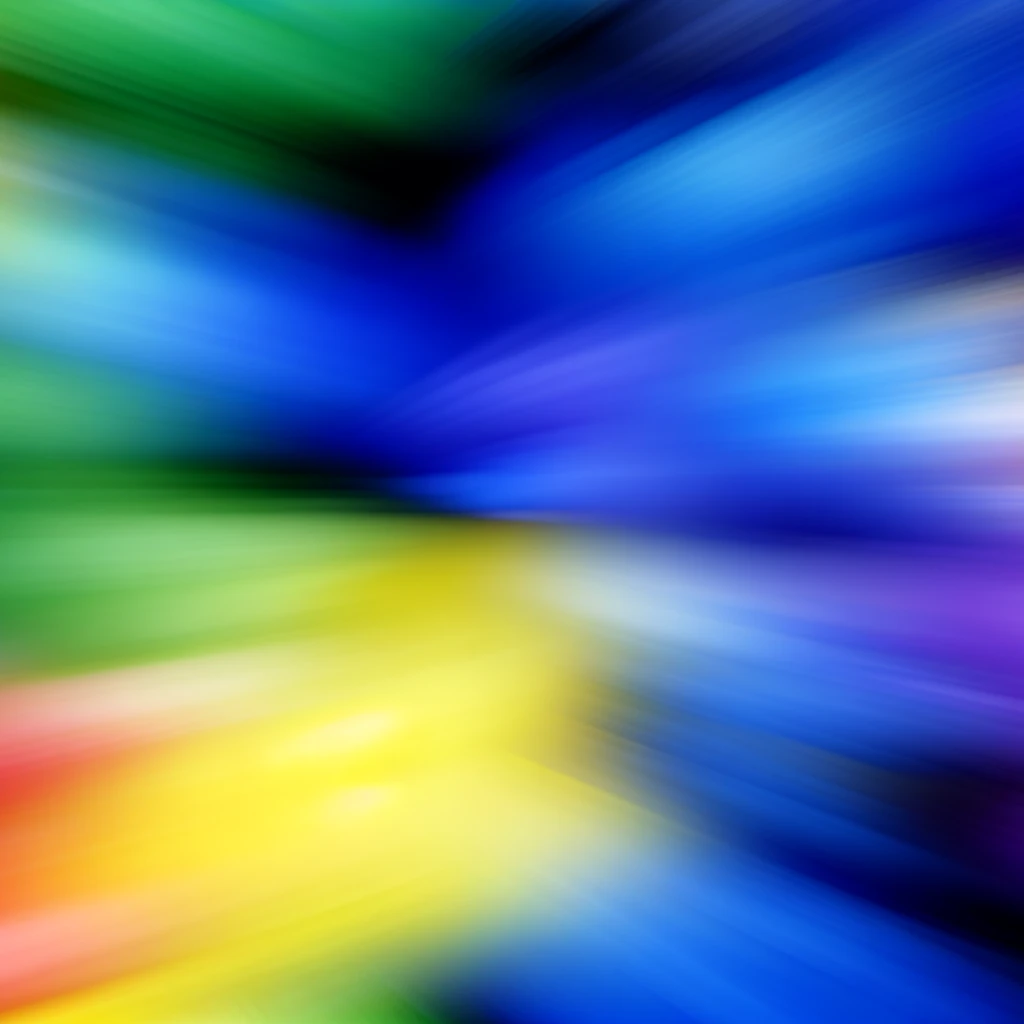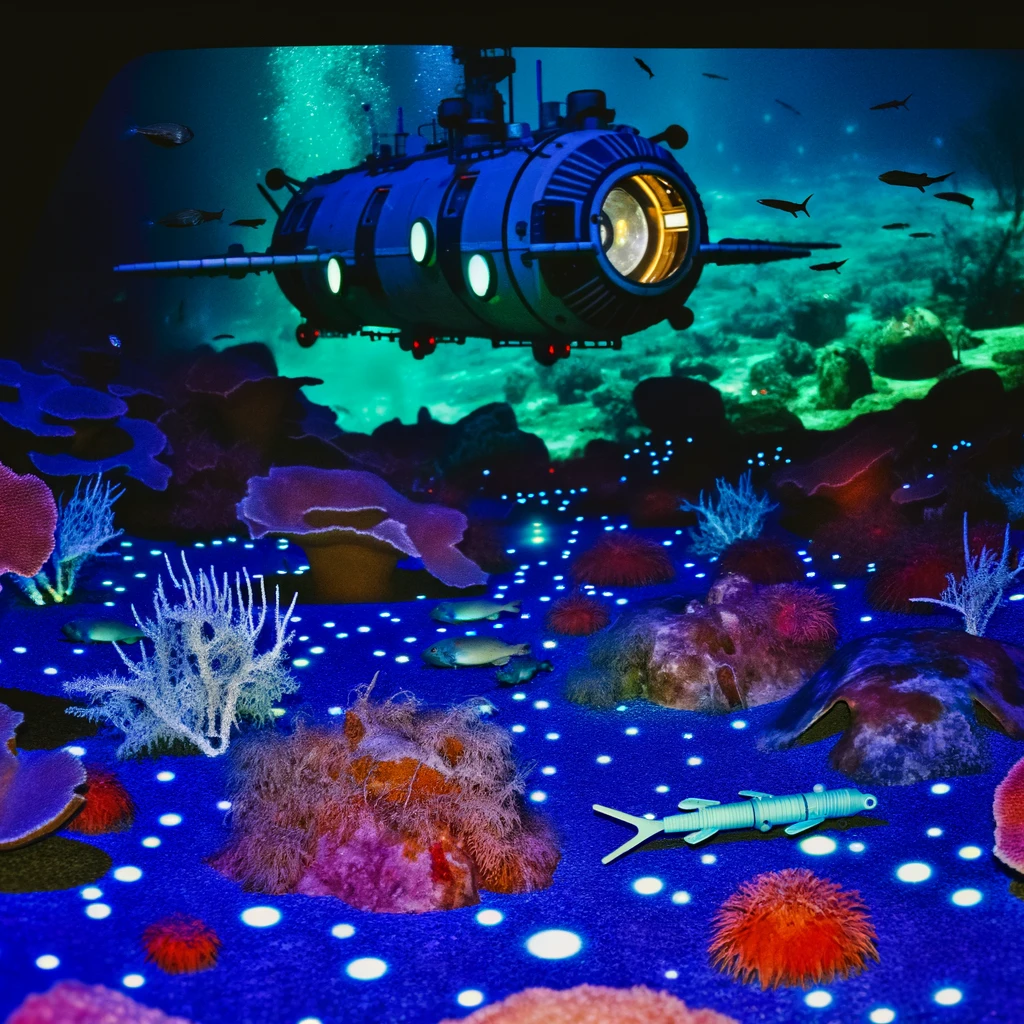
Understanding the Psychology of Color
Color psychology is the study of how colors affect human behavior and mood. This fascinating field examines how different hues can evoke specific emotions and influence perceptions and decisions. From marketing and branding to interior design and fashion, the psychology of color plays a crucial role in shaping our experiences and actions.
The Science Behind Color Perception
Colors are perceived through the light spectrum and processed by our brains. Our perception of color involves both physiological and psychological components. Physiologically, light enters our eyes and is interpreted by the brain, allowing us to distinguish different hues. Psychologically, colors can evoke emotional responses based on personal experiences, cultural influences, and societal norms.
How Colors Influence Mood and Behavior
Different colors can elicit various emotional reactions. For example, warm colors like red, orange, and yellow can create feelings of warmth and comfort but can also evoke excitement or anger. In contrast, cool colors such as blue, green, and purple are often associated with calmness and serenity but can also induce sadness or aloofness.
The Impact of Color in Marketing and Branding
In marketing, the strategic use of color can significantly impact consumer behavior. Brands often choose colors that align with their identity and values. For instance, red is frequently used to grab attention and encourage impulse buying, while blue is often associated with trust and reliability, making it a popular choice for financial institutions.
Color and Cultural Differences
It's essential to consider cultural differences when analyzing color psychology. For example, while white symbolizes purity and weddings in Western cultures, it is associated with mourning in some Eastern cultures. Understanding these nuances is crucial for global marketing strategies and cross-cultural communication.
Integrating Color Psychology in Everyday Life
Applying color psychology in daily life can enhance well-being and productivity. For instance, choosing calming colors for a bedroom can promote relaxation and better sleep, while energizing colors in a workspace can boost creativity and focus.
Conclusion
The psychology of color is a powerful tool that influences our emotions and behaviors in various aspects of life. By understanding and utilizing the principles of color psychology, individuals and businesses can create environments and experiences that positively impact mood and decision-making.
Related Articles





